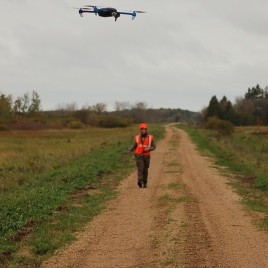Researchers have found that during REM (rapid eye movement) sleep the human brain is responding in a way similar to visual processing during wakefulness. This may explain why individuals woken from REM sleep often report vivid dreams, and may reflect visual imagery during dreaming.
The research team studied the activity of the medial temporal lobe (MTL), a region associated with visual processing and long-term memory, in 19 individuals.
The results demonstrate that MTL activity during REM sleep shares many properties seen when rapid eye movements are made while the subject is awake.
Original research paper published in Nature Communications on August 11, 2015.
Names and affiliations of selected author

